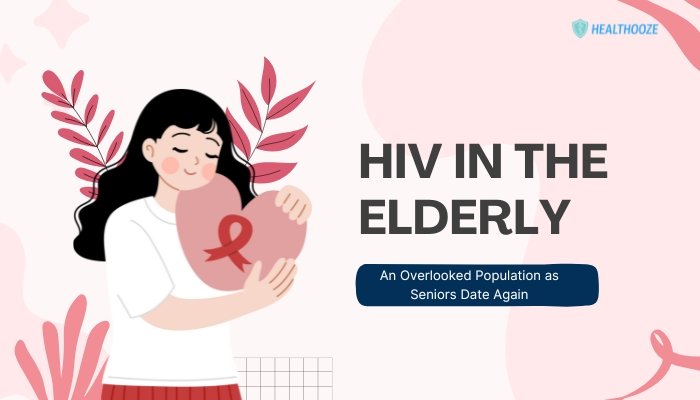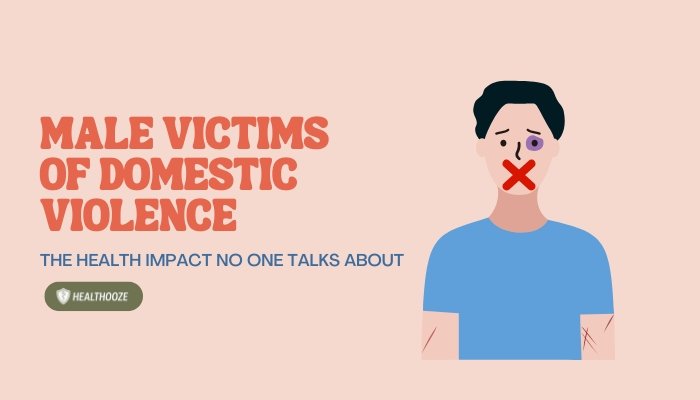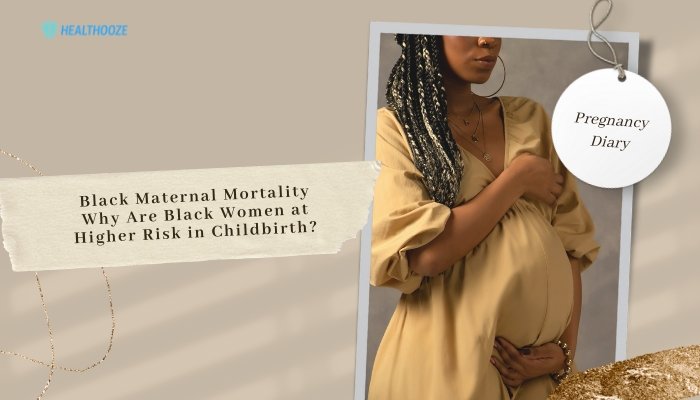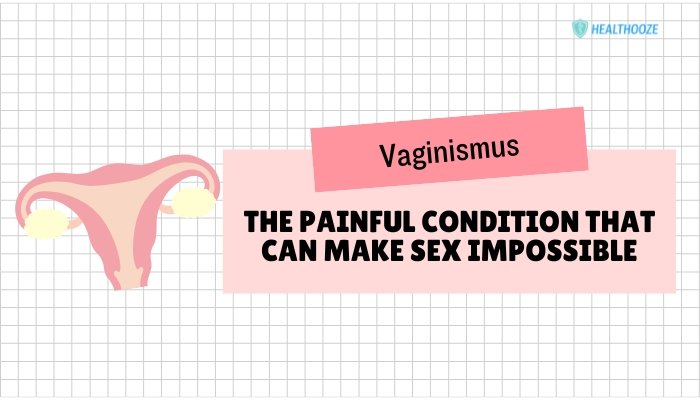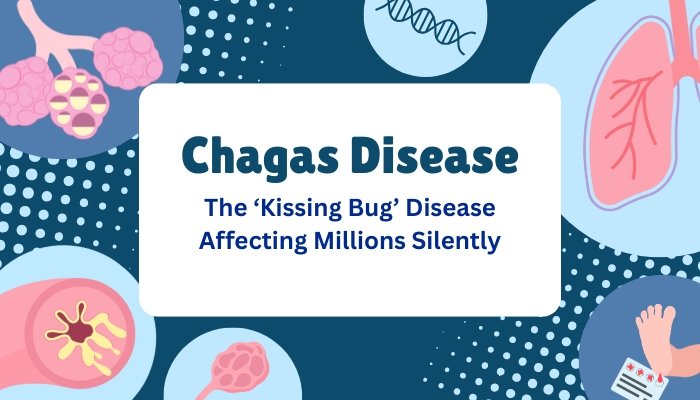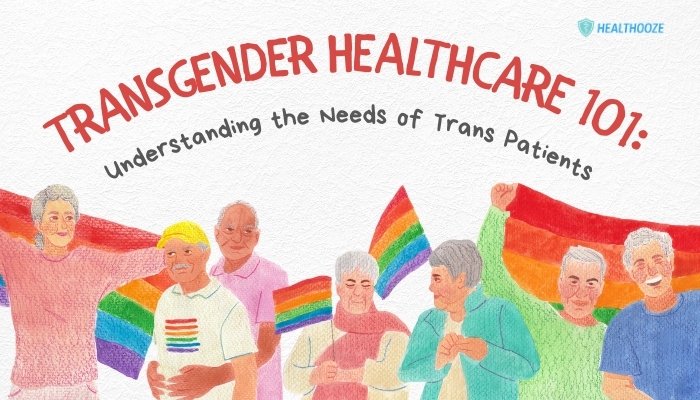Introduction
When people think about HIV risk, images of younger adults and certain high-risk communities often come to mind. What is less recognized is the growing number of older adults—seniors returning to the dating scene or in new relationships—who also face infection risks.
As lifespans extend and divorce or widowhood prompt some to seek new partners, older adults may engage in sexual activities without adequate protection or awareness about HIV. Meanwhile, healthcare providers often overlook testing for HIV in seniors, allowing the virus to remain undetected until it has significantly impacted health.
This article highlights the reasons older adults are at risk, the barriers to diagnosis, and the steps needed to ensure proper prevention, testing, and treatment for seniors.
Why Are Older Adults at Risk?
Less Likely to Practice Safe Sex
Younger generations grew up alongside public health campaigns emphasizing condom use for STI prevention. By contrast, many seniors who began sexual activity decades ago recall a time before HIV existed—or they assume the risk vanished after childbearing concerns ended. Consequently, condom usage rates can be lower in older populations, allowing HIV and other STIs to spread undetected.
Changes in Relationship Dynamics
- Divorce and Widowhood: A surge in older adults finding new partners or exploring online dating might inadvertently expand sexual networks.
- Physical Factors: Post-menopausal women experience thinning vaginal tissues, raising micro-tear risks during intercourse, which can facilitate HIV transmission if present.
- Limited Sexual Health Discussions: Many seniors avoid disclosing their sexual activities to clinicians or friends, due to embarrassment or outdated social norms.
Biological Susceptibility
Aging immune systems are generally less robust, possibly accelerating the progression from HIV infection to AIDS if the virus remains untreated. Other chronic conditions can mask HIV’s early signals, letting the virus quietly damage overall health.
The Underdiagnosis Problem
Low Awareness Among Healthcare Providers
If doctors do not suspect HIV in older adults complaining of fatigue or weight loss, they might attribute such symptoms to “normal aging” or co-existing conditions like diabetes or heart issues. Without prompt testing, some seniors discover their HIV-positive status only after advanced immunosuppression.
Assumptions of Monogamy or Abstinence
Cultural stereotypes presume that seniors are not sexually active or remain in stable relationships. This assumption can lead to skipping routine STI screenings, further delaying HIV detection.
Reduced Access to Testing
In communities or clinics with limited outreach, older adults might not realize testing is relevant to them, or they might be unaware of free or low-cost options. Stigma also deters some from seeking help, fearing judgment or exposure.
Challenges in Management and Care
Late-Stage Diagnosis
Receiving an HIV diagnosis at older ages often coincides with advanced disease, requiring immediate and intensive antiretroviral therapy (ART). Immune recovery can be slower in these patients, and co-morbidities might complicate medication regimens.
Complex Comorbidities
Many seniors already cope with hypertension, arthritis, or other chronic illnesses. Interactions between HIV medications and treatments for such conditions complicate dosing. Polypharmacy heightens the risk of adverse side effects or medication nonadherence.
Social and Emotional Impacts
- Stigma and Isolation: A senior grappling with HIV might face fear of rejection within their social circle, reluctant to discuss new relationships or safe sex.
- Mental Health: Depression or anxiety can intensify for older individuals adjusting to an HIV-positive diagnosis, particularly if they lack robust support networks.
Improving Prevention and Treatment
Education and Outreach
- Provider Training: Emphasizing that older adults also engage in sexual activities and can benefit from routine STI screening.
- Peer Advocates: Seniors trained in sexual health can counsel peers, dissolving stigma and encouraging condom use or testing.
- Media Campaigns: Reflecting older adults in safe sex and HIV prevention messaging fosters inclusivity and recognition of their risk.
Accessible Testing
- Routine HIV Screening: Encouraging routine tests beyond typical “at-risk” profiles, especially in clinics serving older populations.
- Community Centers: Senior activity centers or retirement communities can offer discreet testing events, normalizing HIV checks.
Tailored Healthcare Approaches
- Coordinated Care: Geriatricians, infectious disease specialists, and pharmacists must collaborate to manage drug interactions and address all chronic conditions comprehensively.
- Antiretroviral Advancements: Modern ART regimens provide once-daily pills with fewer side effects, simplifying adherence for older patients juggling multiple meds.
- Emotional Support: Psychotherapy or group therapy focusing on older adults with HIV fosters mental well-being and reduces isolation.
Steps for Seniors and Community
Individual Awareness
- Stay Informed: Understanding that post-menopausal intercourse can carry STI risks underscores condom importance.
- Advocate for Testing: If a doctor doesn’t propose an HIV test, seniors should request one, especially after a new sexual partnership or potential exposure.
Family and Caregiver Roles
- Open Conversations: Families can sensitively discuss sexual well-being with older relatives, offering resources or guiding them to supportive health providers.
- Respect Privacy: Encouraging autonomy and acknowledging seniors’ right to sexual expression fosters a respectful environment for open dialogue.
Policy and Community Collaboration
- Funding for Senior-Focused STI Programs: Nonprofits or local health departments can highlight older adult sexual health in budget proposals or public health strategies.
- Support Groups: Social clubs or online forums reduce stigma, connecting older individuals facing HIV for advice or companionship.
Conclusion
HIV in the elderly population is neither negligible nor purely a byproduct of earlier life exposure. As seniors re-engage romantically or confront new relationships, they can be just as vulnerable to HIV as younger demographics—maybe more so, given the widespread assumption of “no risk.” Education that acknowledges older sexuality, thorough screening within geriatric and primary care frameworks, and integrated management strategies can drastically improve detection and outcomes. Ultimately, reversing the notion that “HIV ends at 50” ensures that aging individuals remain empowered, informed, and protected in their pursuit of healthy relationships and personal fulfillment.
References
- http://cdc.gov/
- http://unaids.org/
- Emlet CA. “HIV/AIDS and older adults: risk, diagnoses, and living experiences.” J Gerontol Soc Work. 2016.

